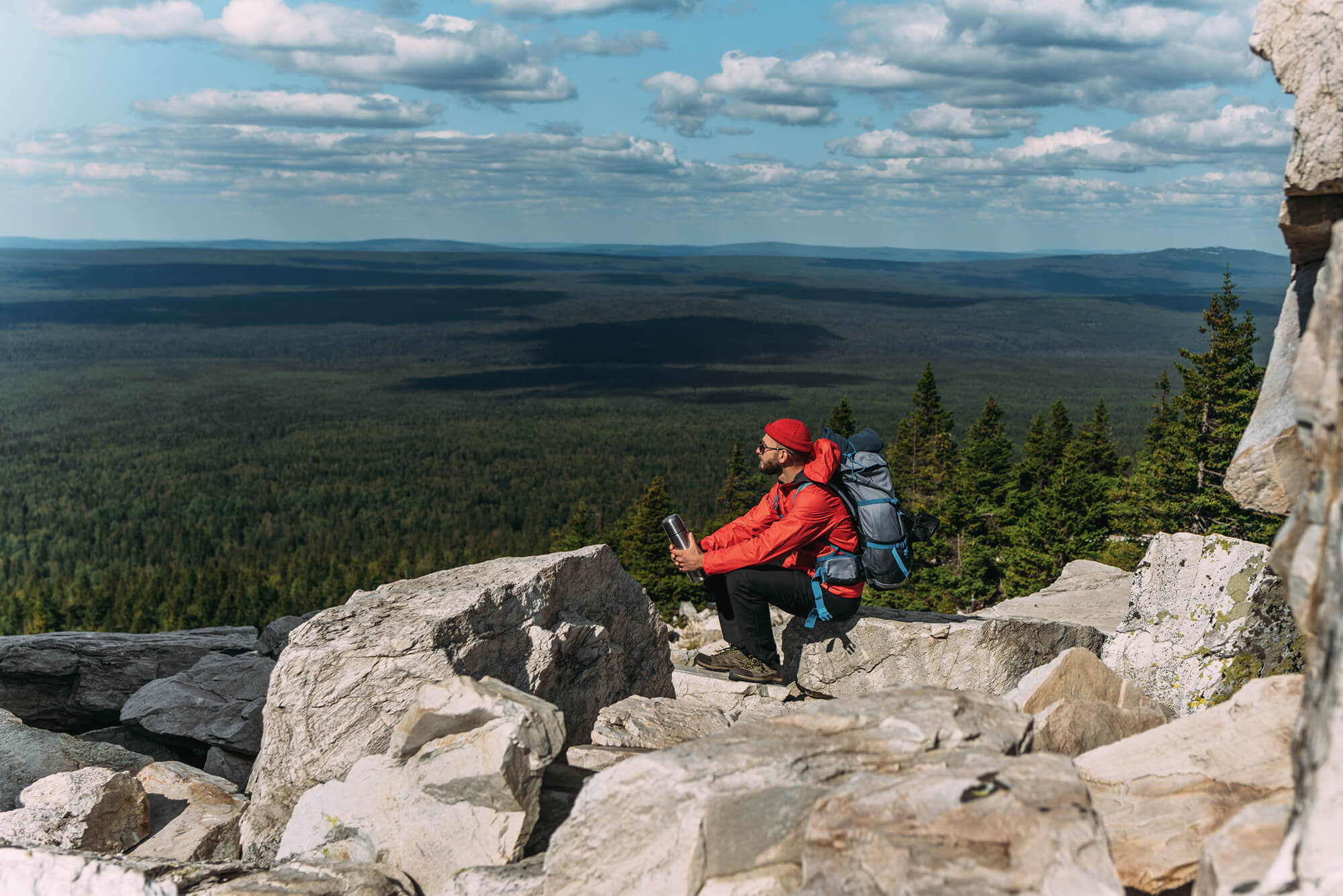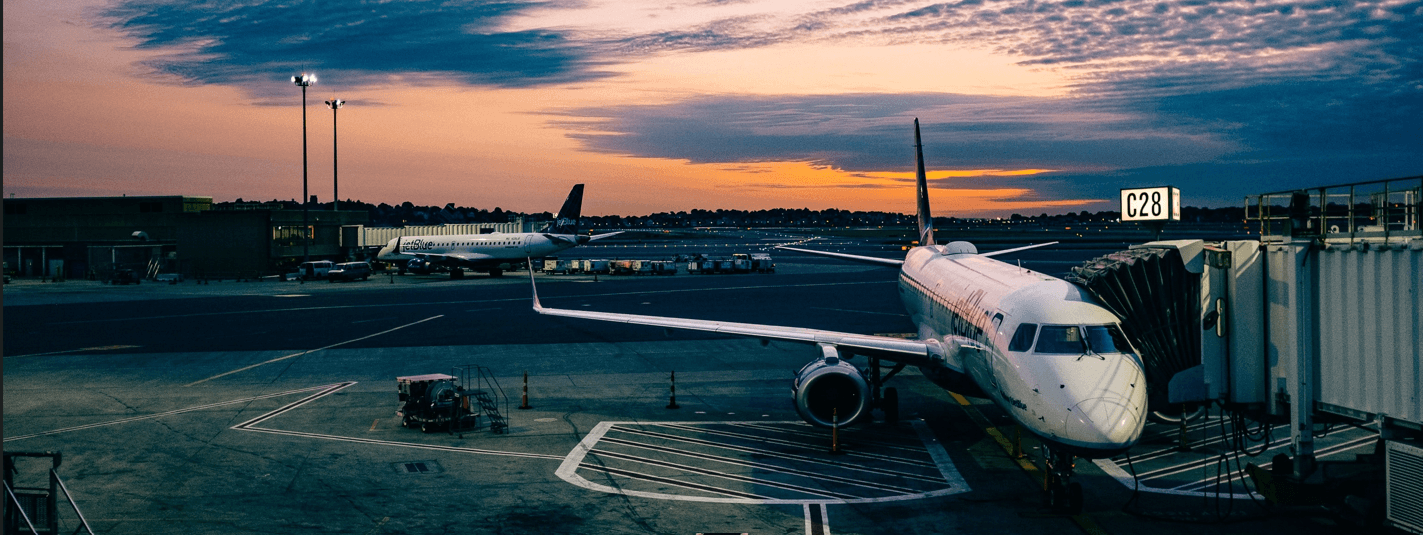The Art of Slow Travel

Modern tourism often pushes us to visit as many destinations as possible in the shortest amount of time, leaving us with superficial impressions and a constant feeling of rushing from one place to another. In contrast, slow travel emerges as a refreshing alternative, inviting us to savor the journey and truly immerse ourselves in the places we visit.
This mindful way of traveling emphasizes the importance of connecting with local culture, environment, and people, offering a deeper and more authentic experience. Imagine walking the Camino de Santiago, staying in a rural Italian village, sailing along the Mediterranean coast, or exploring a new city by bicycle. By adopting the slow travel mindset, you can not only gain a more profound understanding of the places you visit, but also enjoy a richer and more rewarding travel experience.
A Brief History of Slow Travel
The concept of slow travel is not entirely new, as its roots can be traced back to historical and cultural influences that have shaped the way people travel. One such influence is the Grand Tour, a traditional journey undertaken by young European aristocrats in the 17th and 18th centuries. The Grand Tour typically lasted several months or even years, allowing travelers to immerse themselves in the art, culture, and history of the places they visited. It was considered an essential part of one's education and personal growth.
The rise of mass tourism in the 19th and 20th centuries shifted the focus from immersion and personal development to rapid, packaged experiences. The advent of faster and more affordable transportation options, such as steamships and railroads, enabled more people to travel, but often at the expense of deeper connections with the destinations they visited.
In response to the negative impacts of mass tourism, the Slow Food movement emerged in the 1980s as a way to counteract the fast-food culture and promote local food traditions, regional cuisine, and sustainable agriculture. This movement sparked a broader interest in slow living, which eventually extended to the realm of travel.
Environmental awareness also played a role in the development of slow travel. As the environmental impact of tourism became more apparent, travelers started seeking more sustainable and responsible ways to explore the world. Slow travel experiences like scenic train journeys and language immersion programs gained popularity, allowing travelers to reduce their carbon footprint while engaging more meaningfully with local communities and cultures.
The convergence of these influences has led to the contemporary concept of slow travel, where taking the time to truly immerse oneself in a destination is valued over simply ticking off a list of attractions.
The Essence of Slow Travel
At its core, slow travel is about embracing a more mindful and meaningful approach to exploring the world. This way of traveling invites us to take our time, be present in each moment, and seek deeper connections with the destinations we visit. By slowing down, we can not only appreciate the subtleties and nuances of different cultures but also become more aware of our own thoughts, emotions, and reactions to new experiences.
There are numerous benefits to slow travel, which make it an attractive option for many travelers.
Some of these benefits include:
- Deeper cultural immersion. By spending more time in one place, slow travelers can better understand and appreciate the local culture, customs, and way of life, leading to a more meaningful and enriching travel experience.
- Enhanced well-being. Slow travel allows for a more relaxed pace, reducing stress and allowing travelers to recharge and reconnect with themselves, nature, and the people they meet.
- Cost-effectiveness. Staying in one place for longer periods often leads to lower accommodation costs and the opportunity to find more affordable, locally-sourced food and entertainment options.
- Deeper connections with local communities. Engaging with local residents and participating in community-based activities promotes a better understanding of the destination and fosters more meaningful relationships.
- Personal growth. Slow travel can help develop patience, adaptability, and a heightened sense of awareness, as travelers take the time to truly experience their surroundings.
- Support for local economies. By choosing locally-owned accommodations and businesses, slow travelers help to support the local economy and promote responsible tourism.
- Off-the-beaten-path experiences. Slow travel often involves exploring less touristy areas, which can lead to unique and memorable experiences that may not be found on typical travel itineraries.
- Reduced travel burnout. By avoiding the rush to see everything and instead focusing on quality experiences, travelers can prevent the exhaustion and burnout that can come from trying to do too much in a short amount of time.
- More authentic memories. By truly engaging with a destination and its people, slow travelers create more vivid and lasting memories, making their travel experiences more rewarding and fulfilling.
Incorporating slow travel principles into our journeys can lead to transformative experiences. For example, exploring a city by bicycle allows us to discover hidden gems and interact with locals in a way that wouldn't be possible from a tour bus. Participating in a language immersion program, on the other hand, can help us break down cultural barriers and forge lifelong friendships.
By embracing the essence of slow travel, we can experience the world in a more profound and meaningful way, while also reaping the benefits of personal growth, deeper connections, and environmental responsibility.
Tips for Embracing Slow Travel
Starting your slow travel journey may seem daunting, but with a few practical tips and a mindful approach, you can begin to reap the rewards of this transformative way of exploring the world.
Here are some suggestions to help you embrace slow travel:
- Plan thoughtfully. Take the time to research your destination and prioritize experiences that align with your interests and values. Instead of trying to cram too many activities into your itinerary, focus on quality experiences that will allow for deeper connections and personal growth.
- Prioritize quality over quantity. Rather than attempting to visit numerous destinations in a short period of time, choose to spend more time in one place. This allows you to immerse yourself in the local culture and develop a better understanding of the area.
- Engage with local communities. Actively seek out opportunities to interact with locals, whether it's through attending cultural events, volunteering, or participating in community-based activities. Building relationships with local residents can lead to unique and memorable experiences.
- Choose locally-owned accommodations. Opt for locally-owned and operated hotels, guesthouses, or home-sharing options. This not only supports the local economy but also provides opportunities for genuine cultural exchange.
- Attend local workshops and classes. Participate in local workshops or classes, such as cooking, language, or craft courses, to deepen your understanding of the local culture and foster connections with residents.
- Be open-minded and adaptable. Embrace the unexpected and be open to new experiences. Slow travel often involves stepping outside of your comfort zone, which can lead to personal growth and lasting memories.
- Opt for sustainable transportation. Whenever possible, choose more eco-friendly modes of transport, such as walking, cycling, or public transit. This not only reduces your carbon footprint but also allows for a more immersive experience of your surroundings.
- Practice responsible tourism. Be mindful of the impact your travels have on the environment and local communities. Aim to minimize waste, support local businesses, and respect cultural norms and customs.
By incorporating these tips into your travel planning and mindset, you can successfully embark on your slow travel journey, experiencing the myriad benefits that come from embracing a more mindful and meaningful approach to exploring the world.
The Art of Slow Travel
Think of your next trip as an opportunity to engage with the world in a more meaningful and profound way. Immerse yourself in the local culture, participate in community activities, and forge lasting relationships with the people you encounter. By adopting the slow travel mindset, you will not only uncover the hidden gems of your chosen destination but also gain a deeper understanding of yourself and your place in the world.
So, as you pack your bags and prepare for your next journey, remember that the true essence of travel lies not in the number of places you visit or the items you cross off your bucket list, but in the quality of the experiences you have and the connections you make along the way. Embrace the art of slow travel, and jump on a journey that will truly change your perspective and enrich your life.
